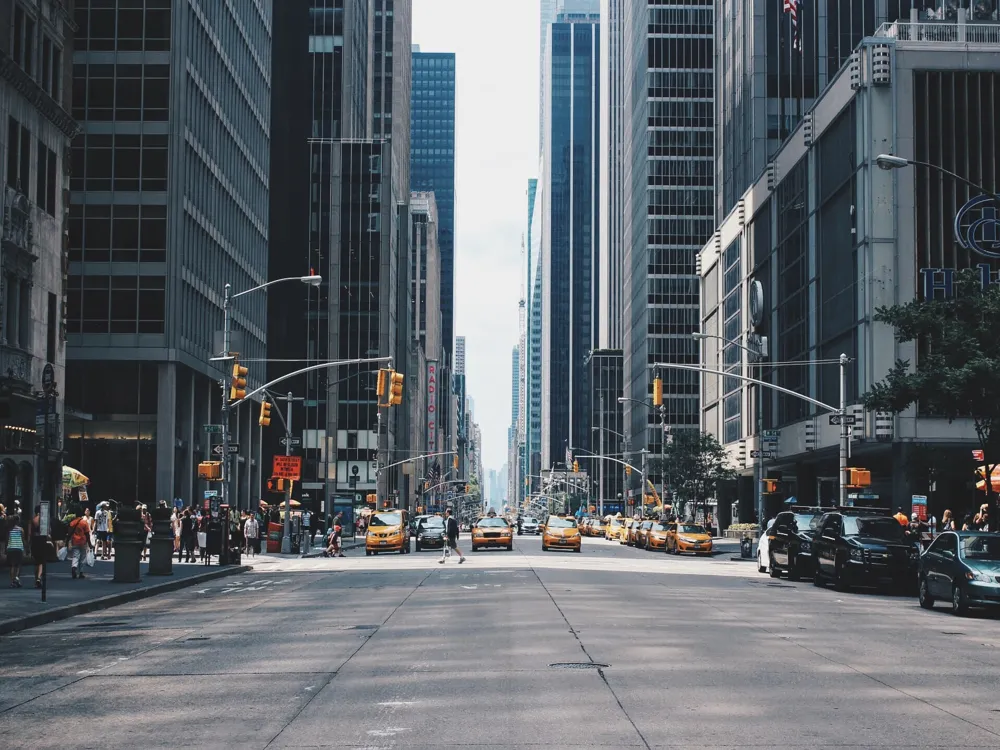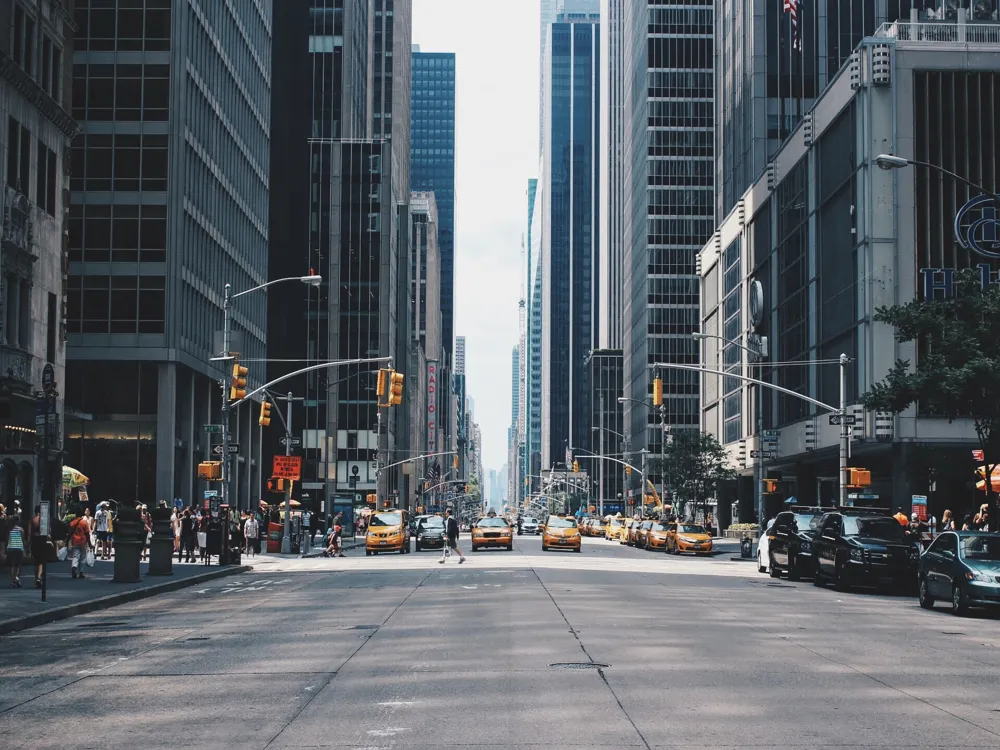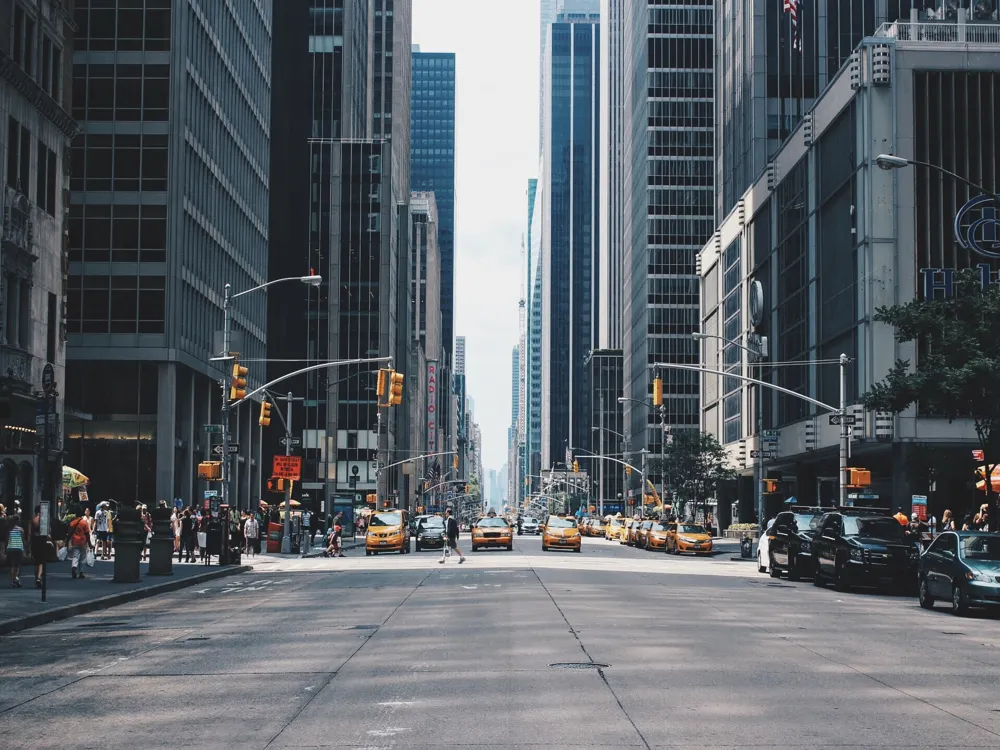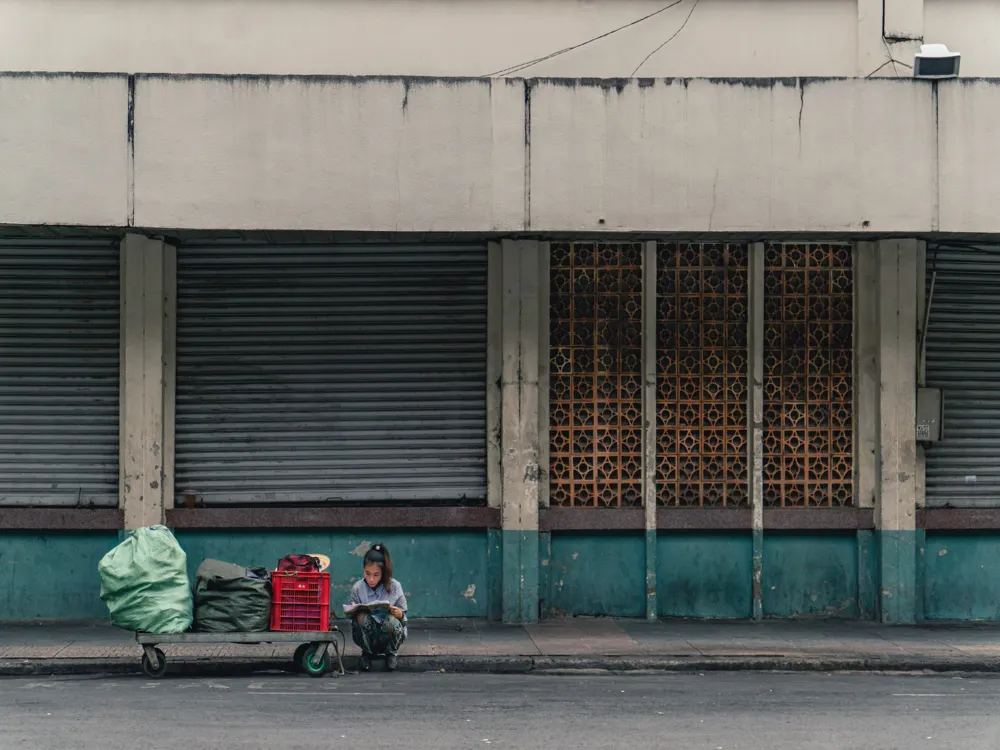Nguyen Hue Walking Street, a vibrant and bustling pedestrian area located in the heart of Ho Chi Minh City, stands as a symbol of modernity and cultural richness in Vietnam's largest city. Stretching over 900 meters in length and 60 meters in width, this pedestrian zone has become a popular destination for both locals and tourists alike, offering a unique blend of historical significance and contemporary urban life. The street, which was officially converted into a walking area in 2015, has since then transformed the urban landscape of Ho Chi Minh City, offering a space where people can gather, relax, and enjoy a variety of activities away from the hustle and bustle of motorized traffic. The history of Nguyen Hue Street dates back to the French colonial era, when it was known as Charner Boulevard. Over the years, the street has witnessed numerous historical events and has been subject to various transformations, reflecting the dynamic history of Vietnam itself. Today, the street is lined with an array of shops, cafes, and restaurants, offering a taste of both local and international cuisines. In the evening, the street comes alive with street performers, vendors, and an array of colorful lights, creating a lively atmosphere that captures the essence of Ho Chi Minh City's vibrant nightlife. Nguyen Hue Walking Street is not only a place for entertainment and leisure but also serves as a cultural hub, hosting various events and festivals throughout the year. The street is particularly famous for its elaborate decorations during national holidays such as Tet (Vietnamese New Year) and other significant celebrations, where it becomes a spectacle of lights, flowers, and artistic installations. This transformation during festive periods adds a unique charm to the street, making it a must-visit destination for anyone looking to experience the rich cultural tapestry of Vietnam. The significance of Nguyen Hue Walking Street extends beyond its role as a recreational and cultural space. It also serves as a symbol of the city's commitment to creating a more pedestrian-friendly and environmentally sustainable urban environment. The development of the walking street has encouraged the use of public spaces for social interactions and has contributed to reducing vehicular pollution in the city center. This initiative reflects a growing trend in urban planning, where cities around the world are recognizing the importance of pedestrian areas in enhancing the quality of urban life and fostering a sense of community among residents. Nguyen Hue Walking Street, a centerpiece of Ho Chi Minh City's urban landscape, boasts an architectural style that is a harmonious blend of historical elegance and modern sophistication. The architecture of Nguyen Hue Walking Street is a testament to the city's rich history and its dynamic evolution over the years. The street's design reflects a thoughtful balance between preserving the historical character of the area and embracing contemporary architectural trends, resulting in a space that is both aesthetically pleasing and functionally versatile. At the heart of Nguyen Hue Walking Street's architectural charm is its colonial past, evident in the French colonial buildings that line the street. These structures, characterized by their neoclassical facades, ornate balconies, and intricate details, stand as a reminder of the city's colonial heritage. The preservation of these historical buildings alongside modern constructions creates a striking visual contrast that encapsulates the essence of Ho Chi Minh City's architectural diversity. In recent years, the street has undergone significant redevelopment to enhance its appeal as a pedestrian zone. The redesign of Nguyen Hue Walking Street focused on creating an open and accessible space that encourages pedestrian activity while maintaining aesthetic coherence with the surrounding architecture. Key features of this redevelopment include wide, tree-lined walkways, contemporary street furniture, and innovative lighting solutions that illuminate the street in a captivating array of colors during the night. The integration of green spaces and water features is another notable aspect of the street's architecture. Landscaped areas with lush greenery and artistic water fountains provide a refreshing contrast to the urban setting, creating a serene environment where visitors can unwind and enjoy the natural elements. These features not only enhance the aesthetic appeal of the street but also contribute to the environmental sustainability of the area. One of the architectural highlights of Nguyen Hue Walking Street is the combination of traditional Vietnamese elements with modern design principles. This is evident in the use of local materials and motifs in the street's design, which add a distinct Vietnamese character to the space. The incorporation of traditional Vietnamese art and cultural symbols into the street's architecture serves as a celebration of the country's rich cultural heritage, making Nguyen Hue Walking Street a living museum of Vietnamese history and art. The ideal time to visit Nguyen Hue Walking Street is in the late afternoon or evening when the weather is cooler and the street's vibrant nightlife begins to come alive. This is also when you can witness the spectacular transformation of the street with its illuminated buildings and colorful lights. Take your time to explore the various shops, cafes, and restaurants along the street. Nguyen Hue Walking Street offers a diverse range of culinary experiences, from traditional Vietnamese street food to international cuisines. Keep an eye out for cultural events and performances that frequently take place on the street. These events are a great opportunity to immerse yourself in the local culture and experience the vibrant spirit of Ho Chi Minh City. While Nguyen Hue Walking Street is a safe area, it's always wise to keep your belongings secure and be mindful of your surroundings. Additionally, respect the local culture and customs, and be courteous to fellow visitors and street vendors. Nguyen Hue Walking Street is easily accessible from various parts of Ho Chi Minh City. Visitors can reach the street by taxi, motorbike, or public bus. For those staying in the city center, the street is within walking distance from many hotels and landmarks. If you're using public transportation, look for routes that stop near Nguyen Hue Street or nearby landmarks like the Saigon Opera House. Read MoreOverview of Nguyen Hue Walking Street in Ho Chi Minh City
Architecture of Nguyen Hue Walking Street
Tips When Visiting Nguyen Hue Walking Street
Best Time to Visit
Exploring the Street's Offerings
Participating in Cultural Activities
Safety and Etiquette
How To Reach Nguyen Hue Walking Street
Nguyen Hue Walking Street
Ho Chi Minh City
₹ 17,501 onwards
View ho-chi-minh-city Packages
Ho-chi-minh-city Travel Packages
View All Packages For Ho-chi-minh-city
Top Hotel Collections for Ho-chi-minh-city

Private Pool

Luxury Hotels

5-Star Hotels

Pet Friendly
Top Hotels Near Ho-chi-minh-city
Other Top Ranking Places In Ho-chi-minh-city
View All Places To Visit In ho-chi-minh-city
View ho-chi-minh-city Packages
Ho-chi-minh-city Travel Packages
View All Packages For Ho-chi-minh-city
Top Hotel Collections for Ho-chi-minh-city

Private Pool

Luxury Hotels

5-Star Hotels

Pet Friendly






















